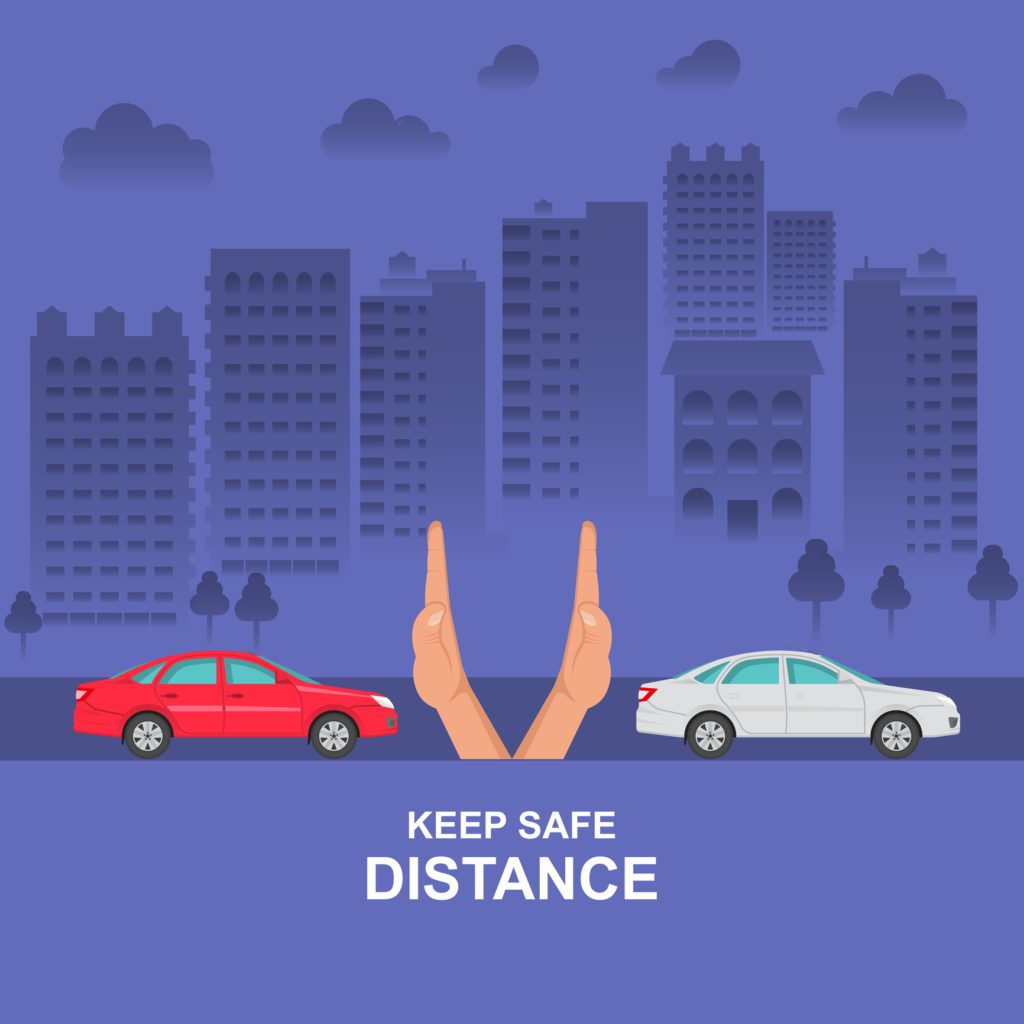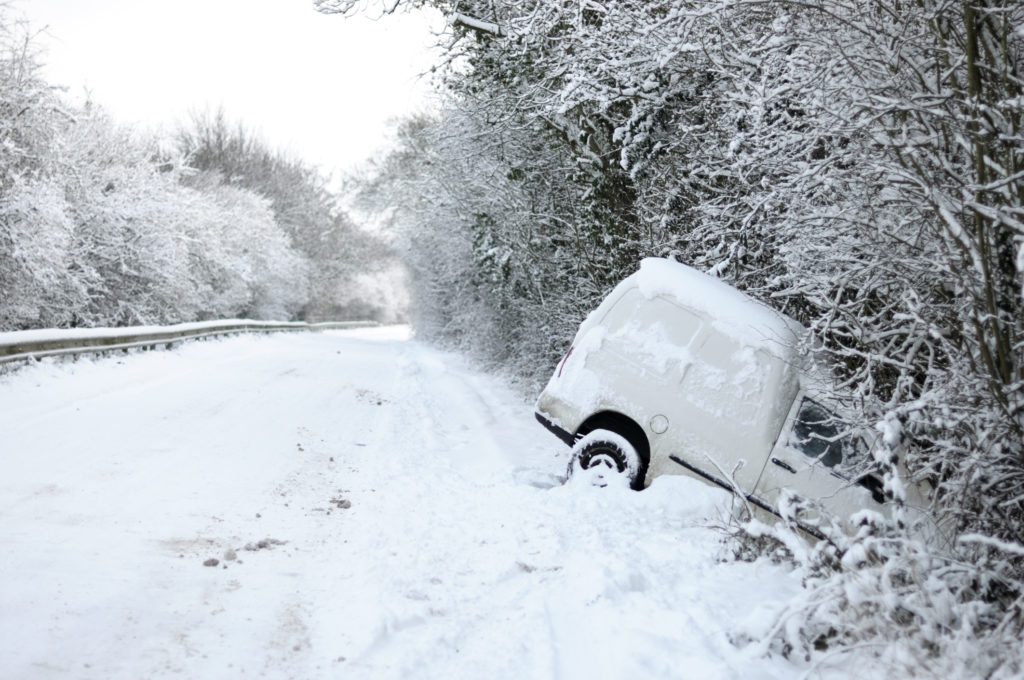What are preventable traffic accidents?
The National Safety Council interprets a preventable accident as “an accident in which the driver failed to do everything the driver reasonably could have done to prevent it.”
Paper Transport has some safety tips to prevent traffic accidents whether you drive in an 18-wheel vehicle or a four-wheel automobile.
3 Key Indicators
There are three main indicators that may lead to a preventable accident: Speed, following distance, and weather conditions. Each indicator on its own can lead to an accident. A combination of any or all three indicators can spell disaster.
Preventable Traffic Accident Indicator #1: Speed
Speeding factored into 29% of all traffic fatalities in 2020, killing 11,258, or an average of over 30 people per day according to the National Safety Council.
- Try giving yourself plenty of time before you leave for your destination, so you don’t feel the need to speed.
- If you are upset, emotional, or tired, please pull over – being late might save you or someone else’s life.
Preventable Traffic Accident Indicator #2: Following Distance
Rear-end collisions are responsible for over 7% of all traffic-related fatalities according to the Insurance Information Institute.
- Do not be distracted! Keep those phones down and do not mess with the radio, food, or anything else.
- Leave plenty of room between you and the car in front of you. To clarify, allow for three-second following distance.
- Be ready to brake. 81% of rear-end accidents occur when the head vehicle is completely stopped.

Preventable Traffic Accident Indicator #3: Weather Conditions
According to The Weather Channel and U.S. DOT, over 1.2 million preventable traffic accidents in the United States involve hazardous weather.
- Slow down and take your time! Speed limits are designed based on driving in ideal weather conditions, so when elements are hazardous it is best to reduce your speed.
- Perform pre-trip inspections by double-checking your tires, brakes, and windshield wipers
Rain
- It is possible to lose control with as little as 3 inches of water on the road. If water is covering the markings on the road, then it is too deep to drive on.
- Do not have your brights on in the rain! This will only cause a more intense reflection off the water and will put other drivers in danger.
- Lastly, make sure to turn on the actual headlights when using windshield wipers, so your taillights come on as well.
Snow Ice
- Keep cold-weather gear in your car – extra food and water, warm clothing, a flashlight, a glass scraper, blankets, and medications, for instance.
- To avoid tanks freezing, never keep less than a 1/2 tank of gas in your car.
- Accelerate and decelerate slowly in the snow and ice. In other words, by applying the gas slowly, a car can regain traction and avoid skids.

Wind
- Keep your hands on the wheel! Above all, be conscious of overcorrecting, as heavy winds make it harder to steer.
- Expect wind to be worse in places like straight and open roads, bridges, overpasses, and valleys.
By using preventative driving techniques, then you can keep yourself and others safe. Looking for more Safety Tips? Check out our other blogs Trucker’s Guide to Truck Stop Safety Tips and Avoid Weather Related Crashes.
